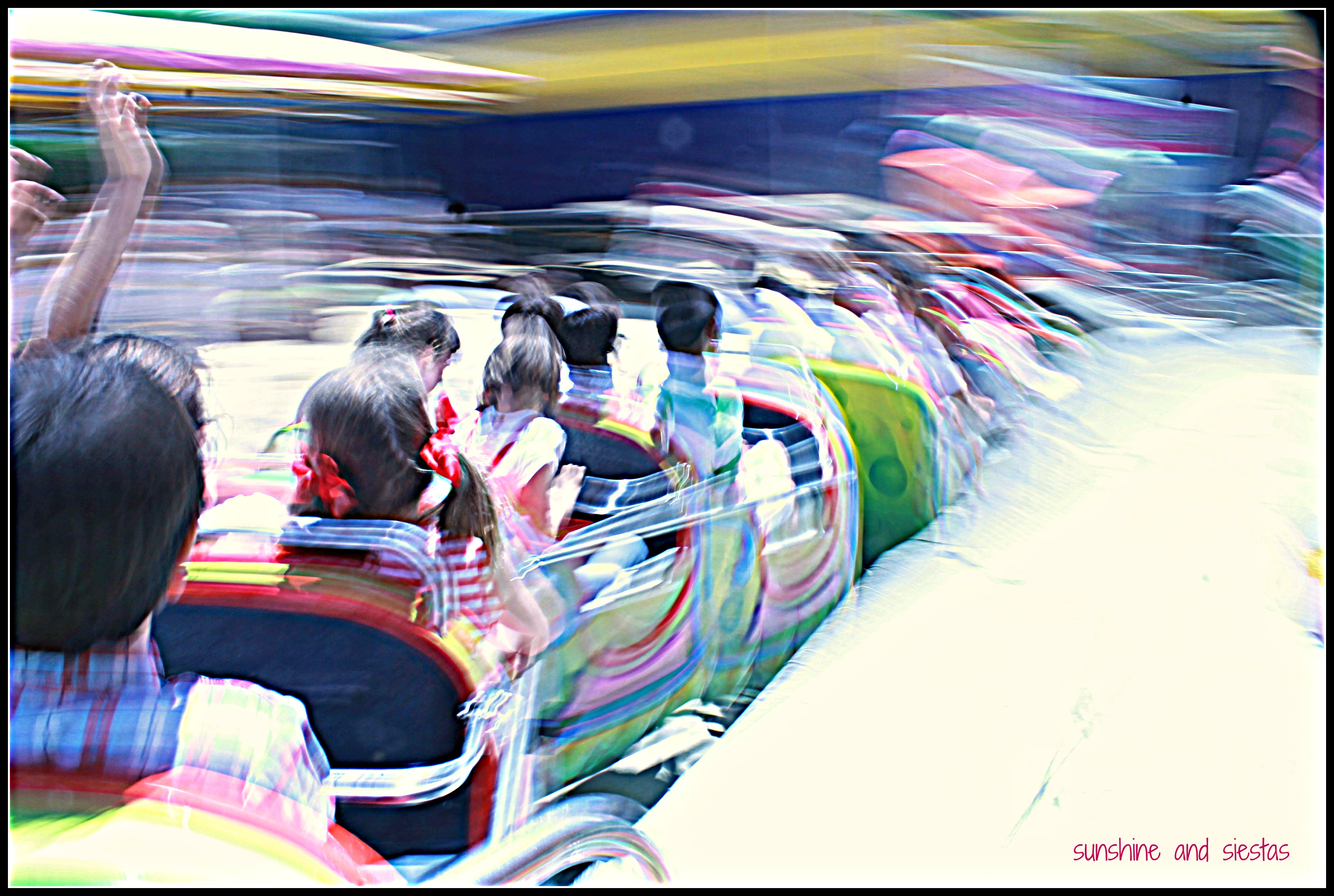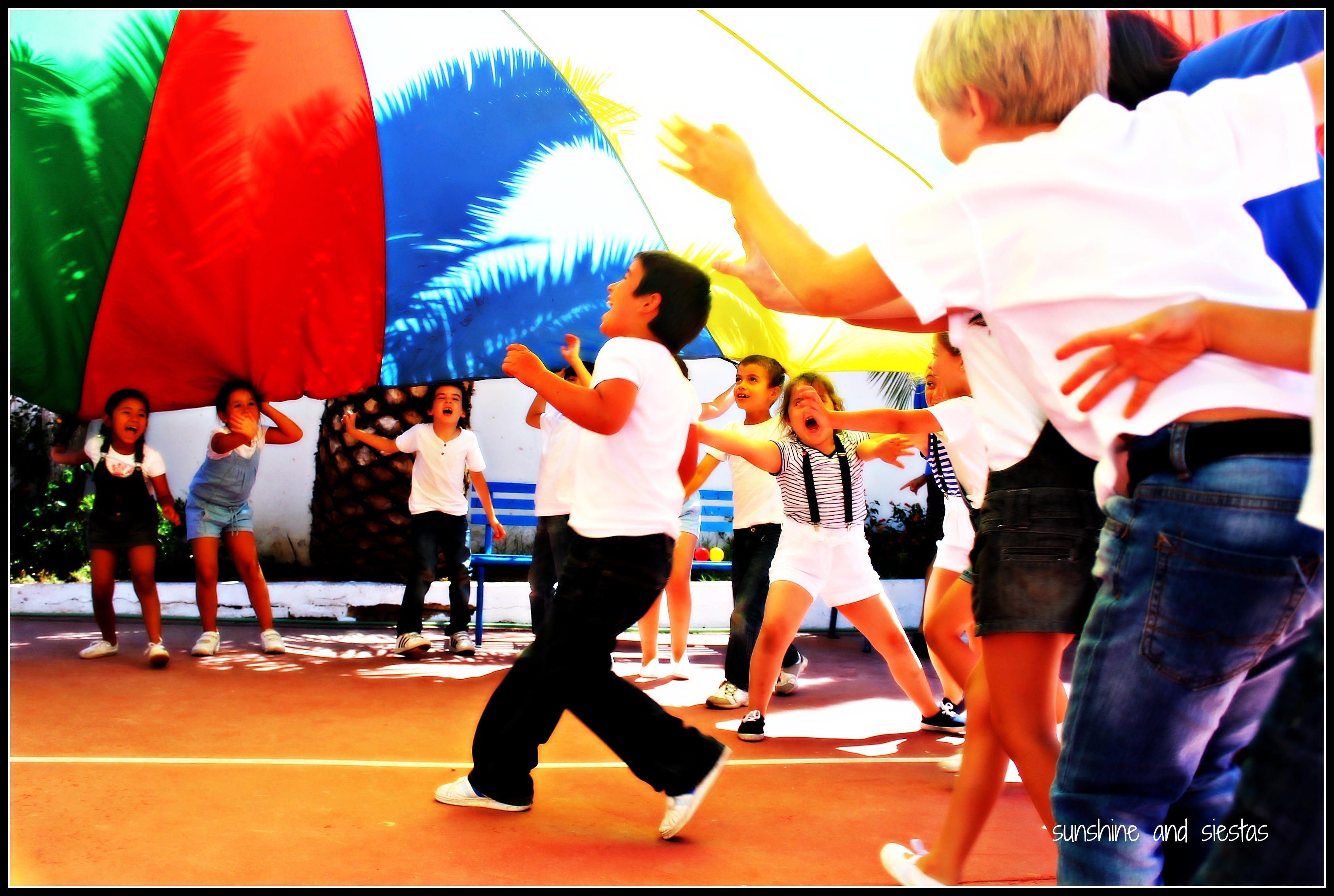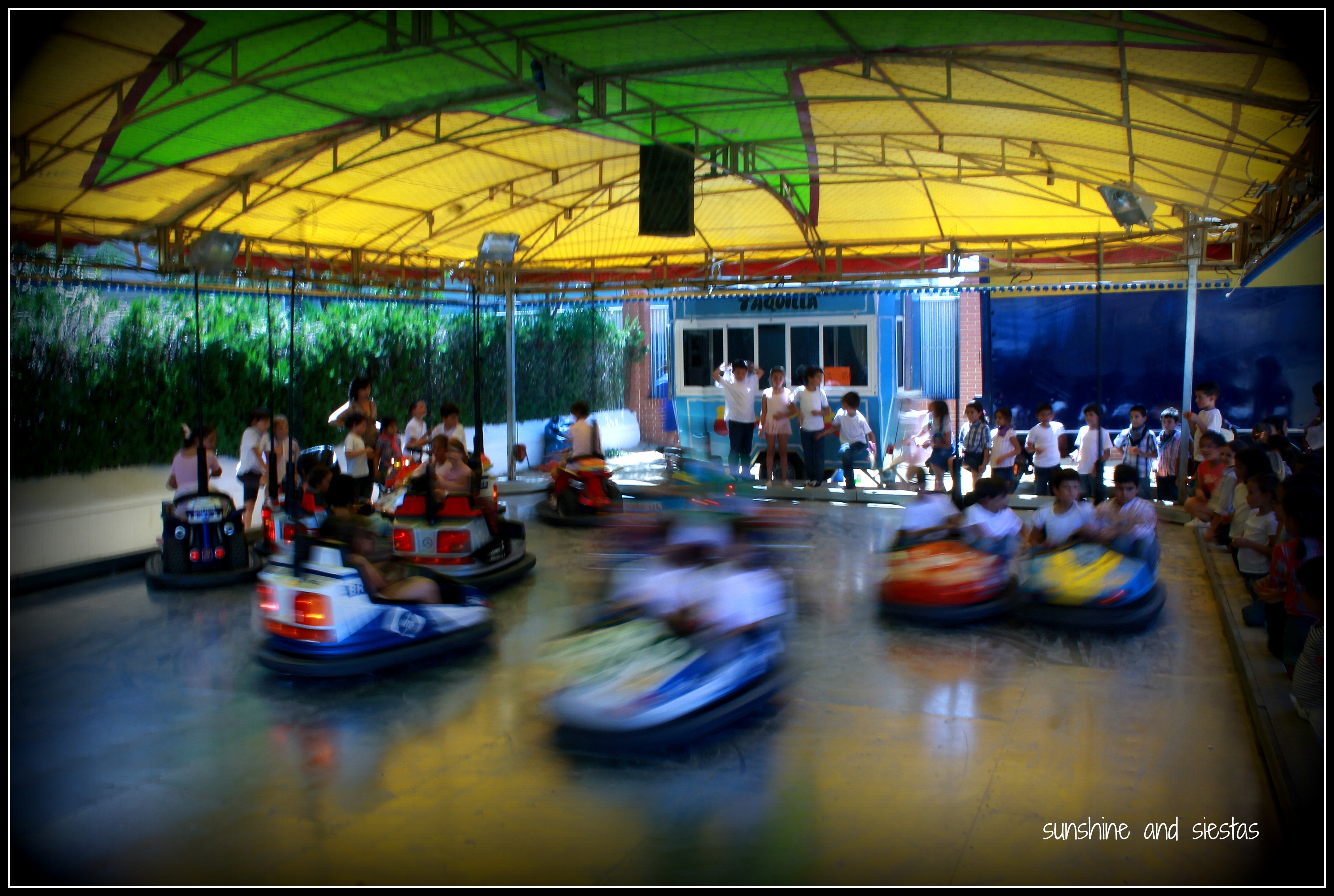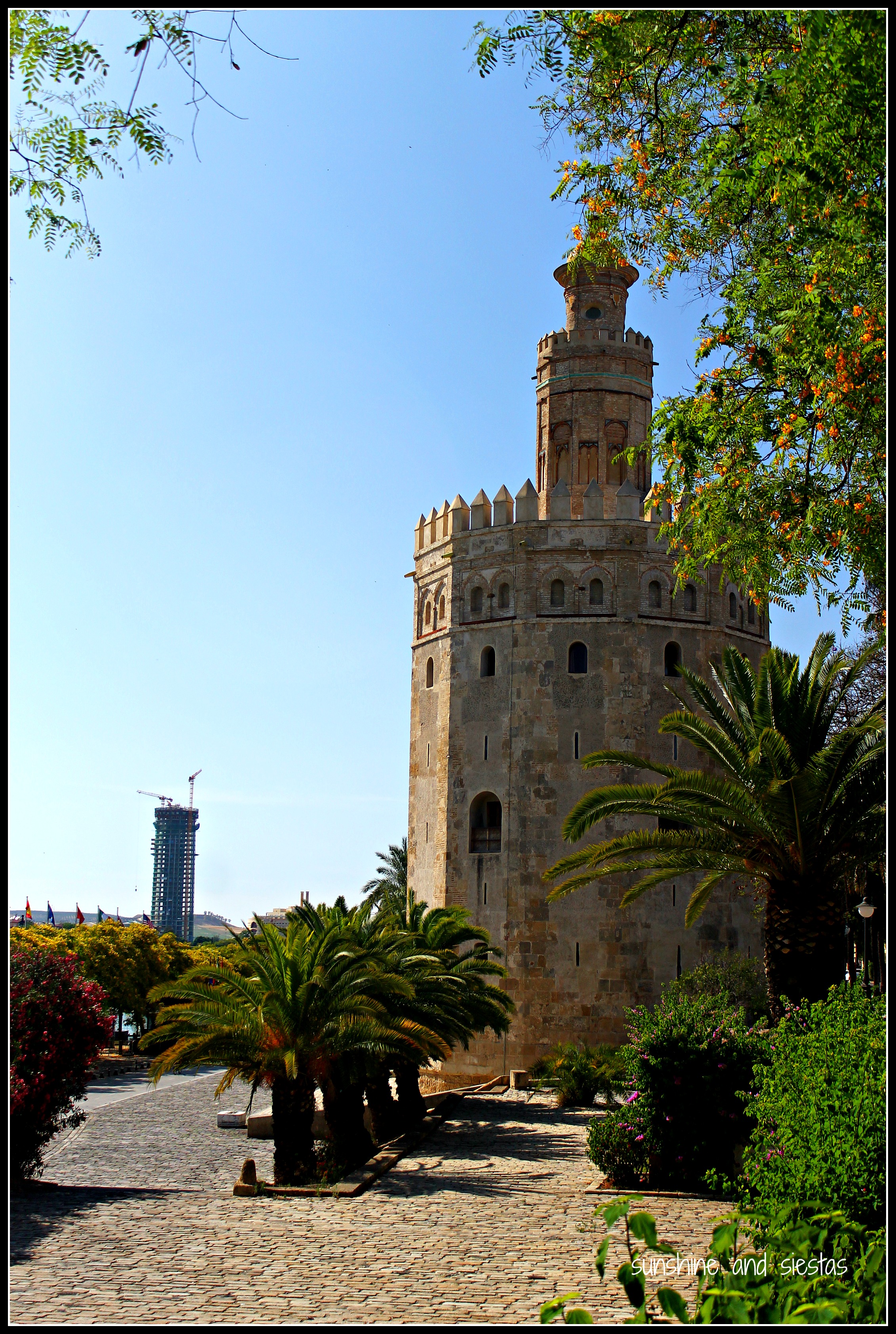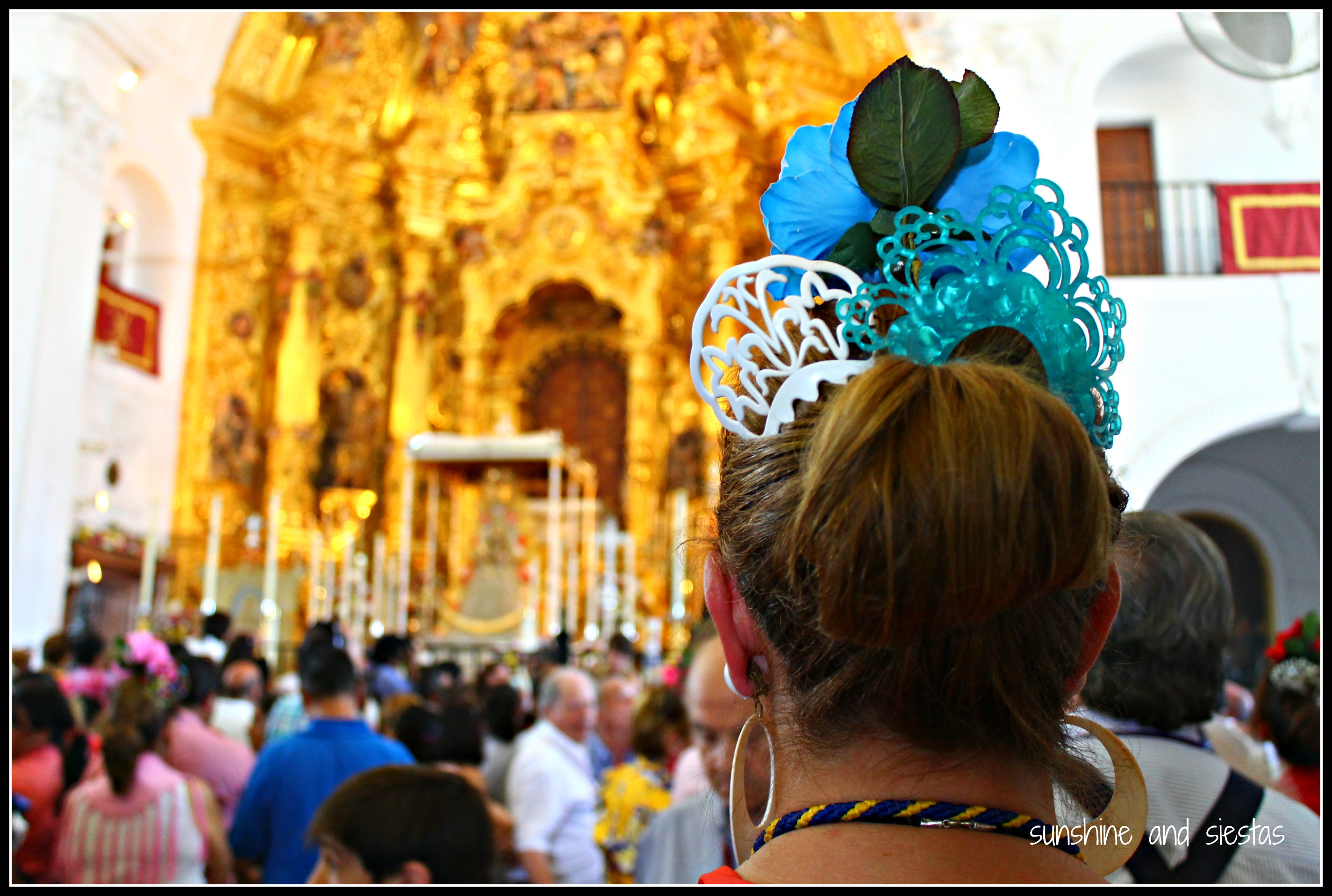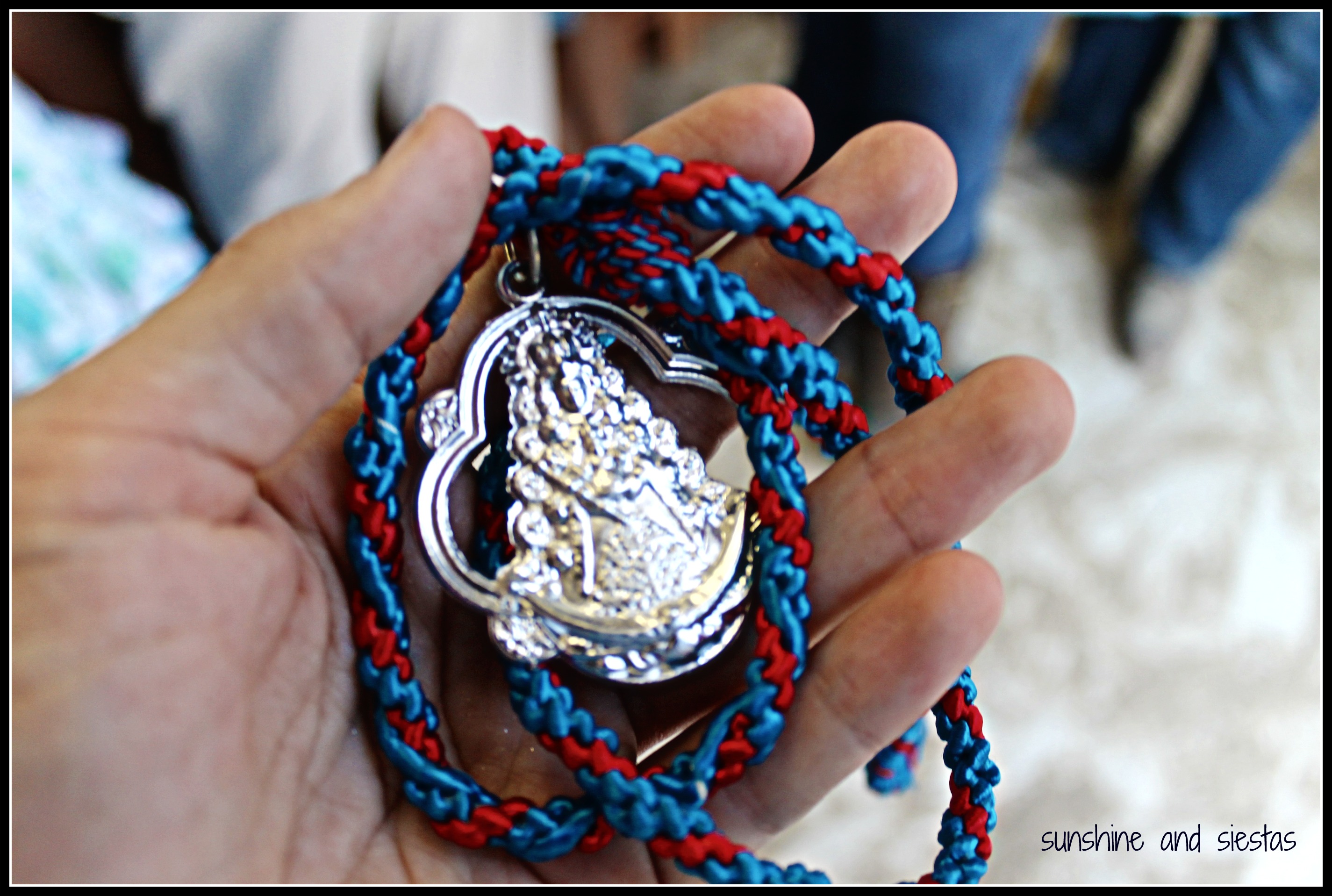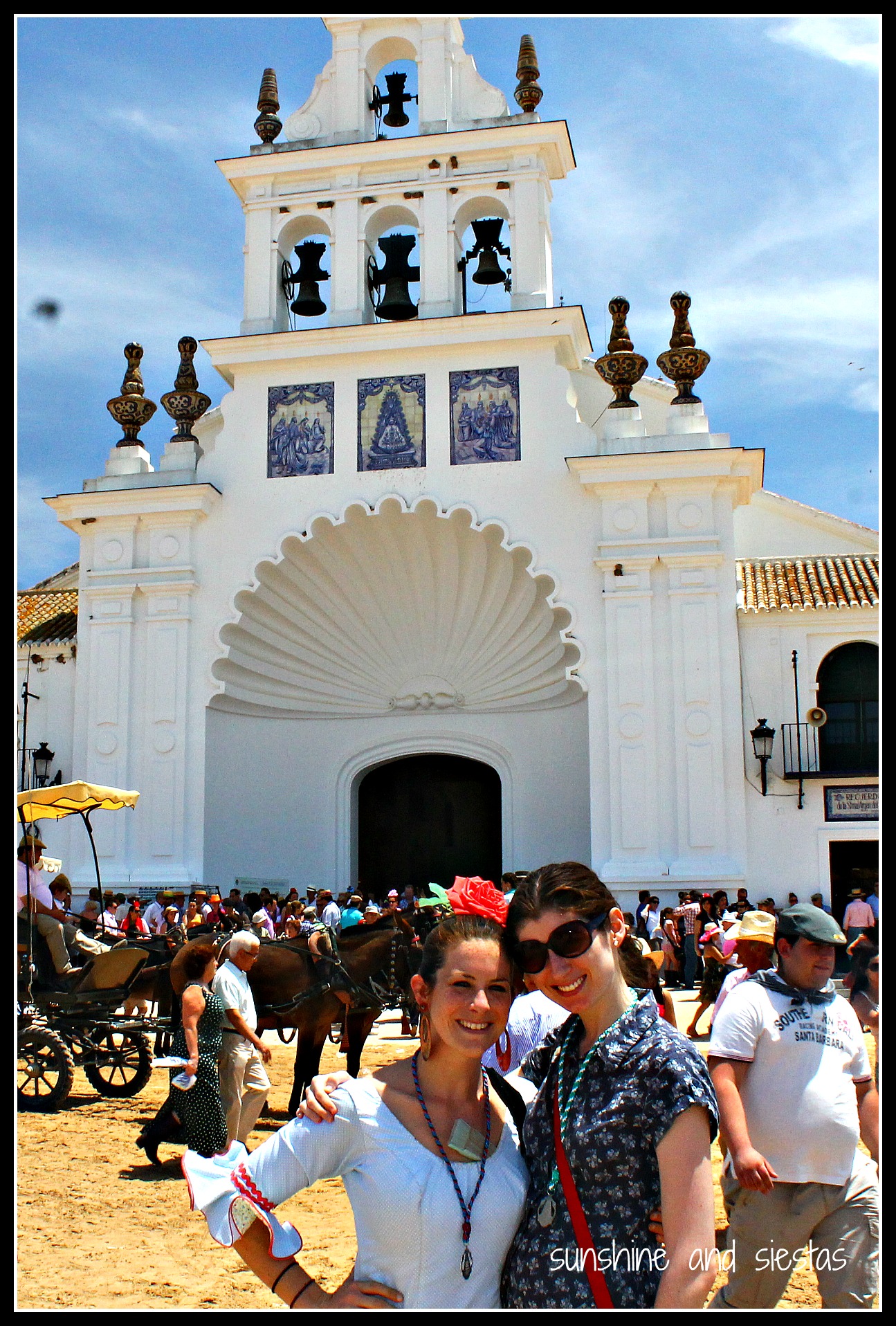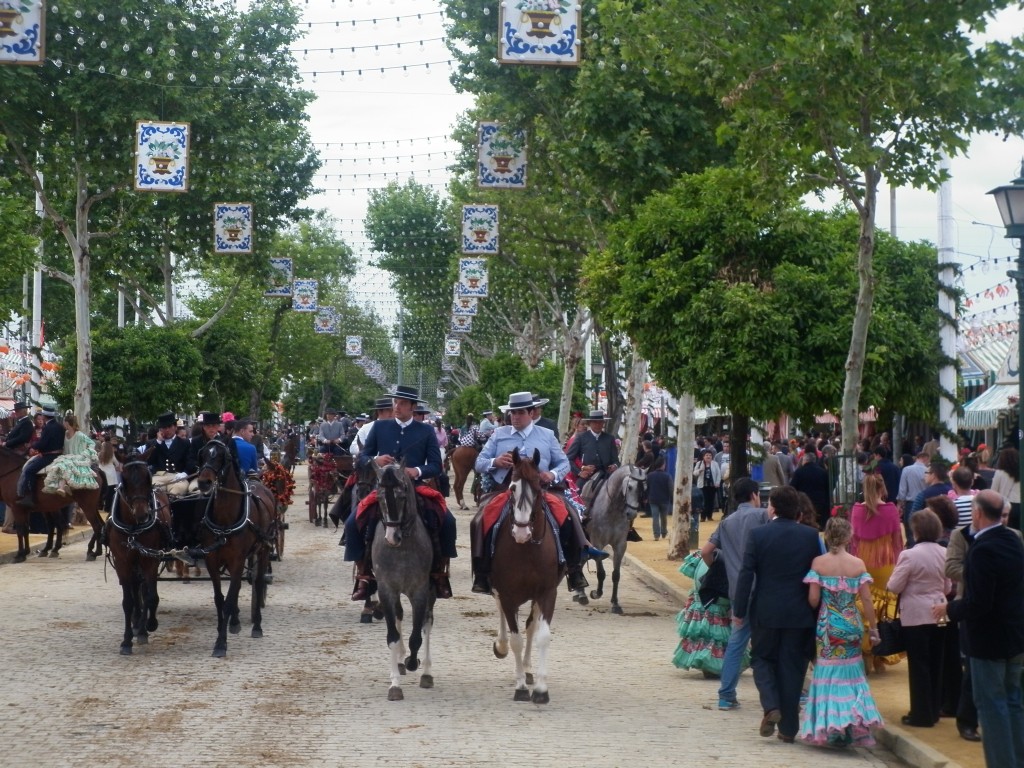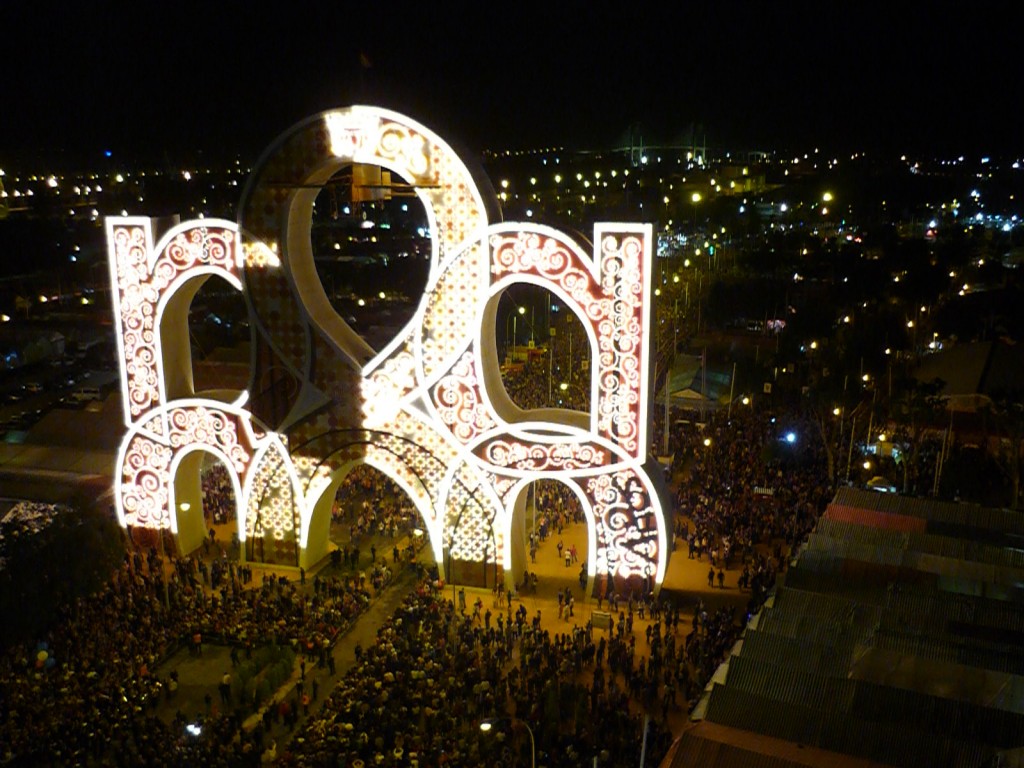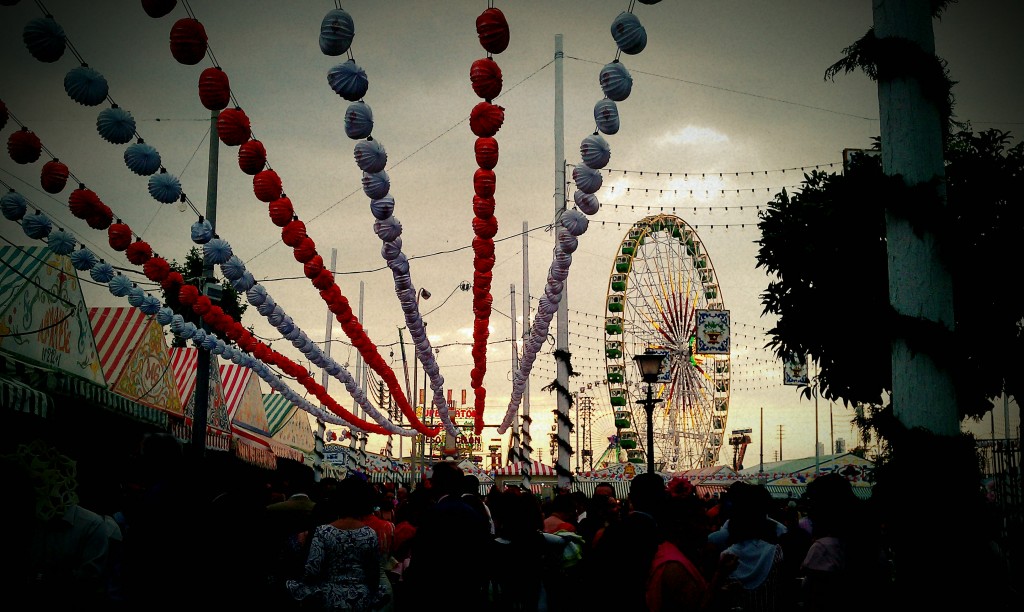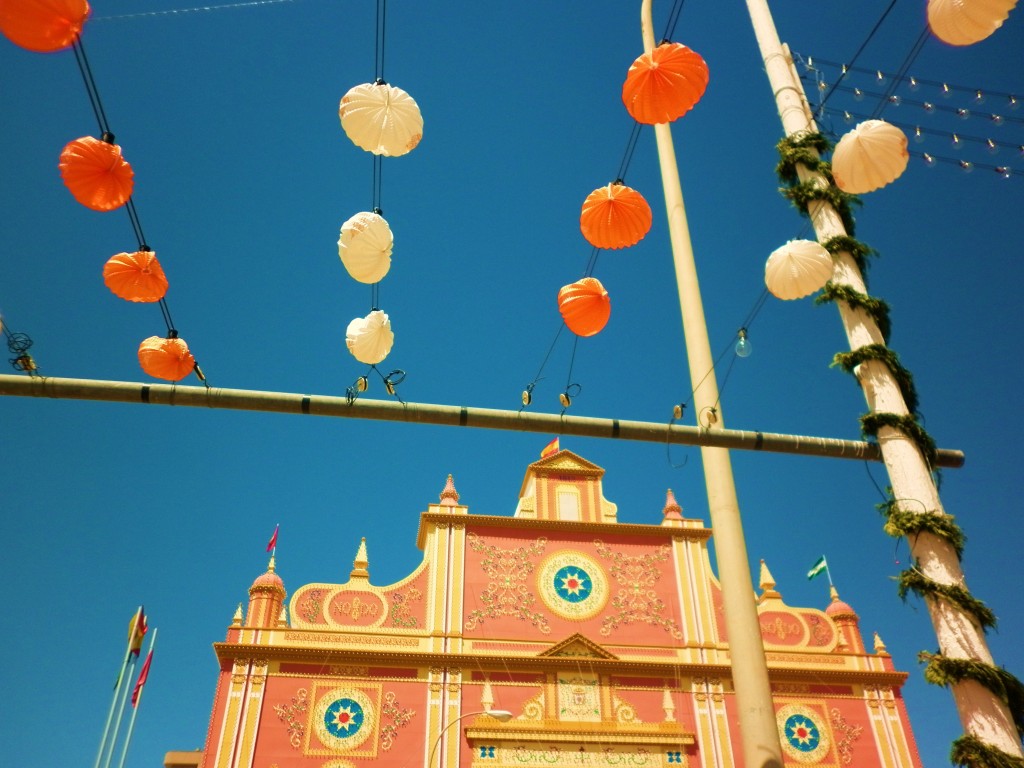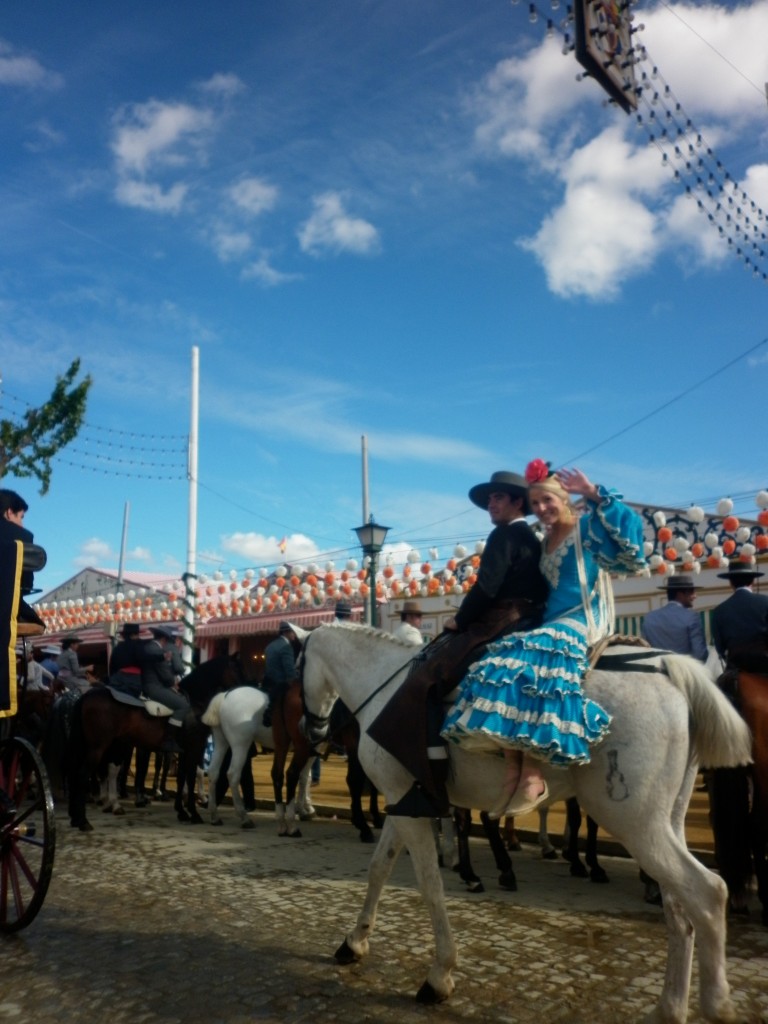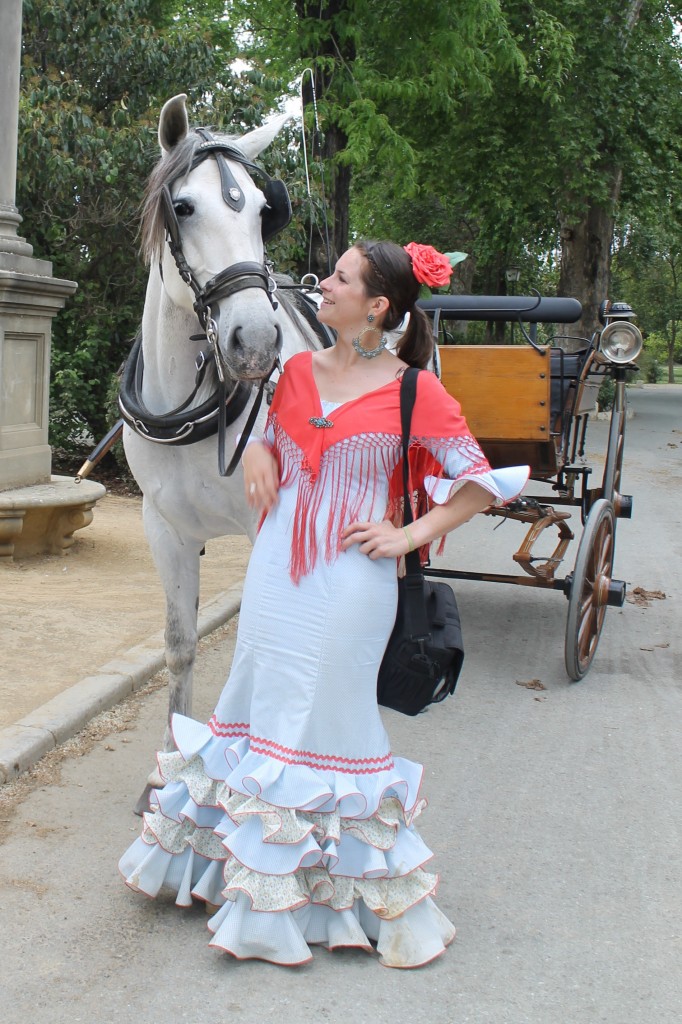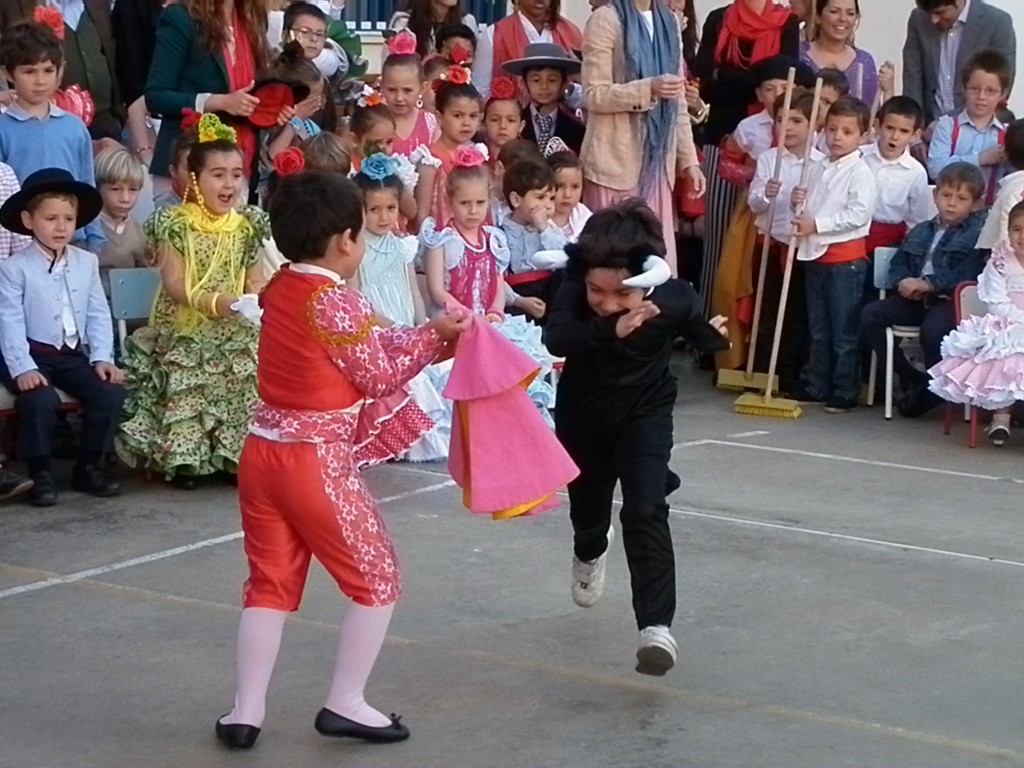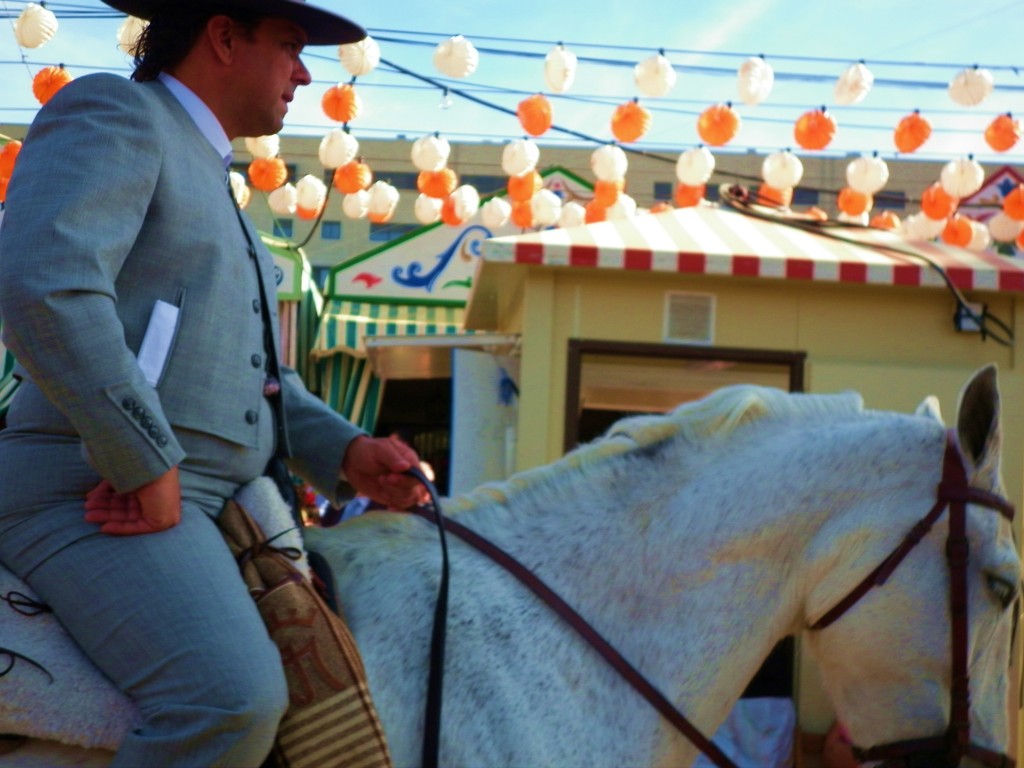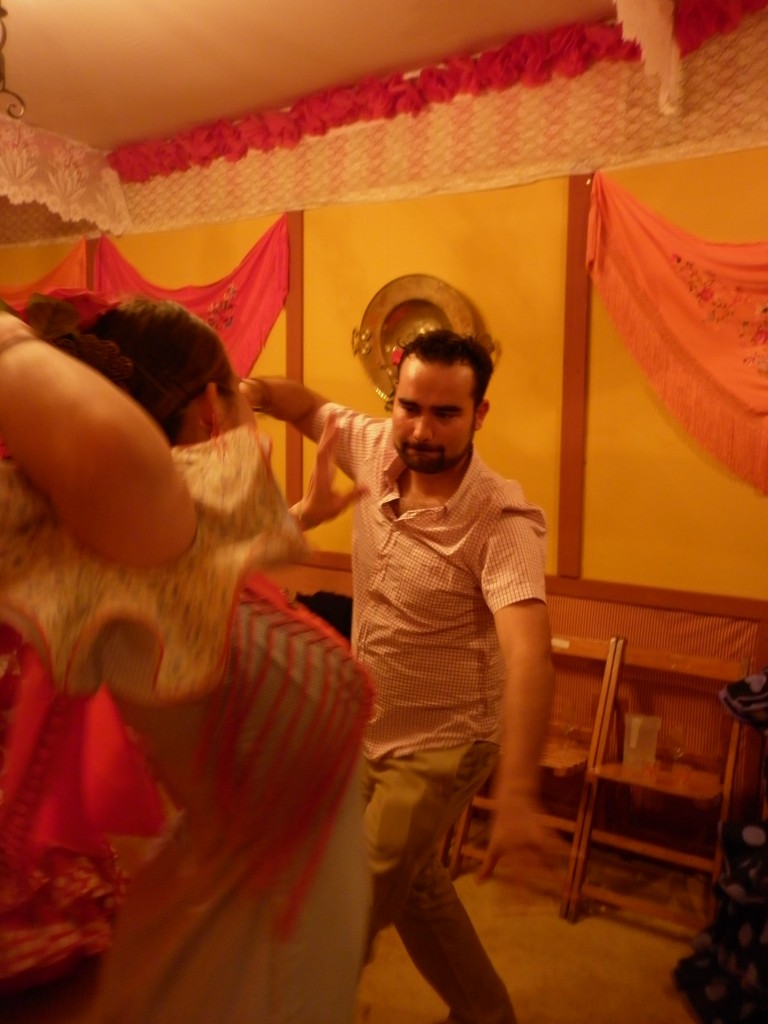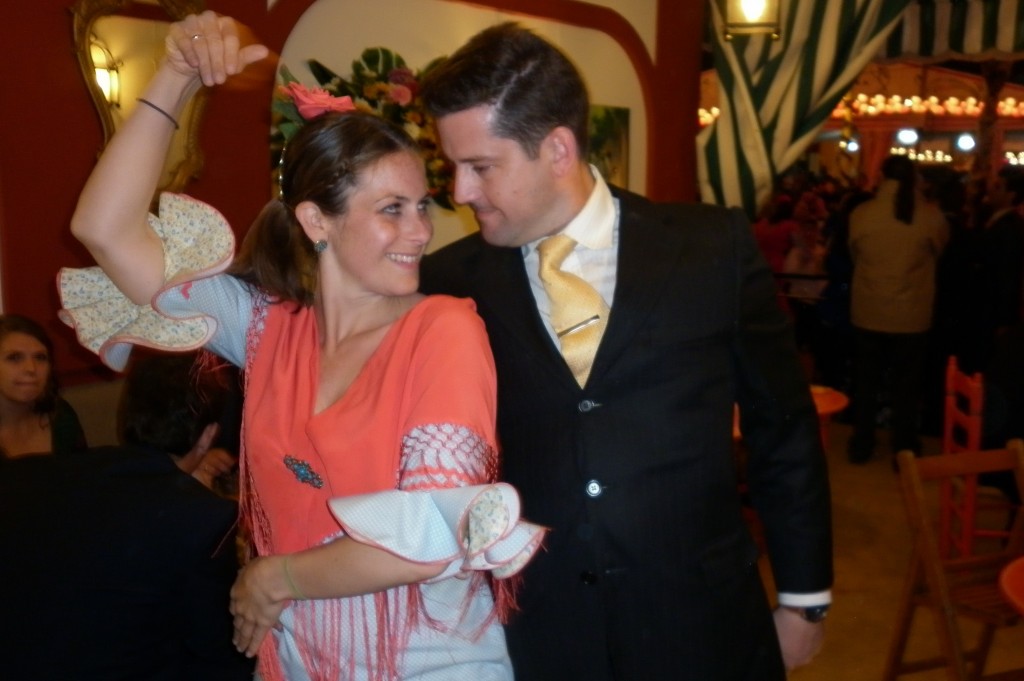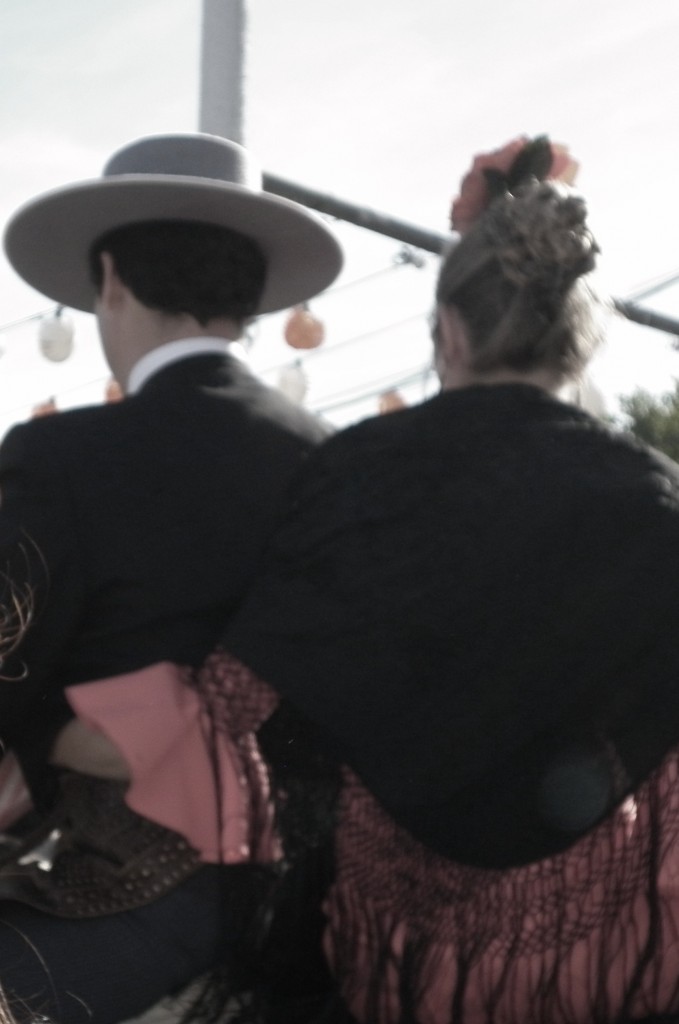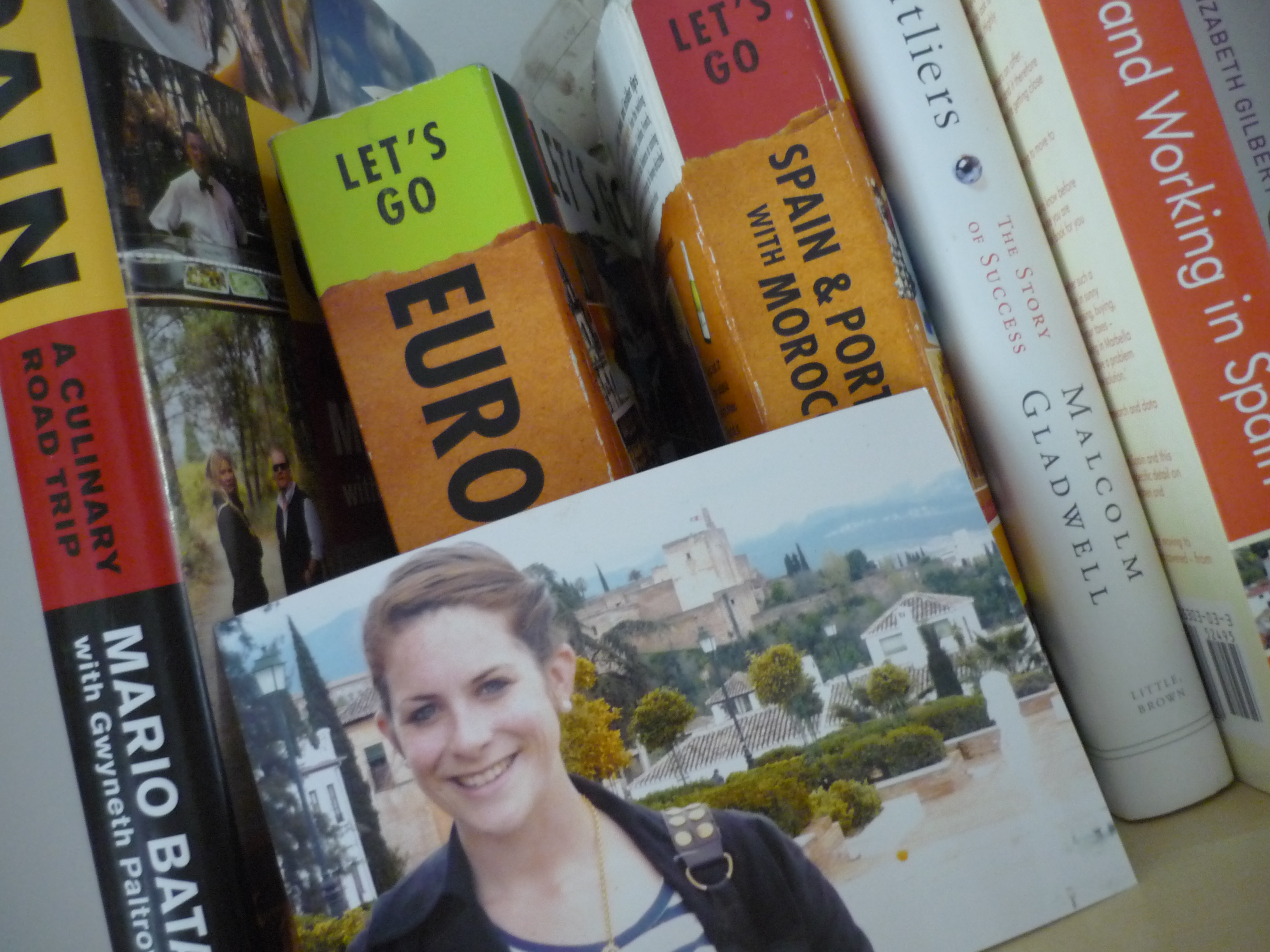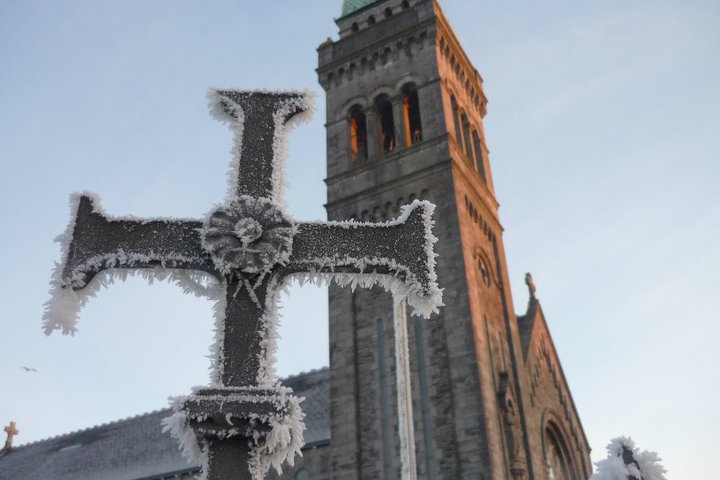Justin’s idea to spend our hard-earned cash money stemmed from a desire to indulge in Galicia’s finest, the shellfish that give lifeblood to the region’s economy. I had been a few times to Meson O Galego and eaten all the regional dishes they offered, washed down with a cold glass of Albariño wine. The deed was done. Between Justin, Scott and I, we split a 46€ mariscada, replete with crusty-shelled goodies.
Plump shrimp, a lobster tail, razor clams and crab legs all ended up on my plate as I wrapped up a phone call with my boss. I reached for more clams and fished around to see if any coquinas had made it onto the tray while the other teachers looked on, probably wondering how I could eat just so much seafood. For someone who comes from a landlocked, beef-producing state, my affection for all things aquatic didn’t begin until Spain.
Only one type of crustacean on the tray remained untouched. I’d seen the likes of it around supermarkets and in the windows of high-end seafood places. Percebes. Goose barnacles, or percebes, as they’re known in the Galician tongue, are filter-feeding crustaceans whose very sight caused my stomach to turn. Far too expensive to pick up in the supermarket for a snack (my local mercado sells them for 36€/100g!!), I’d never dared order them, lest I hate them and be none the richer.
It was now or never. Justin patiently explained that the coarse outside, which resembled a closed claw, was meant for nothing more than to protect the fleshy, edible part from the constant battering of the waves along the shore, and that the leathery suction cups were not to be eaten, either. One must twist the leathery part and pull, revealing one long, red part to be consumed. But, ojo! he warned, they squirt. Napkin tucked into my collar, I pulled with all my might, tearing the leathery body off of the claw. I consumed. It tasted like a sea urchin – like grainy, salty water. I tried a few more, for good measure, but my face above reveals just how much I loved them – I’ll stick to zamburiñas, por favor!
If you’d like to contribute your photos from Spain and Seville, please send me an email at sunshineandsiestas @ gmail.com with your name, short description of the photo, and any bio or links directing you back to your own blog, Facebook page or twitter. There’s plenty more pictures of gorgeous Seville on Sunshine and Siesta’s new Facebook page!


